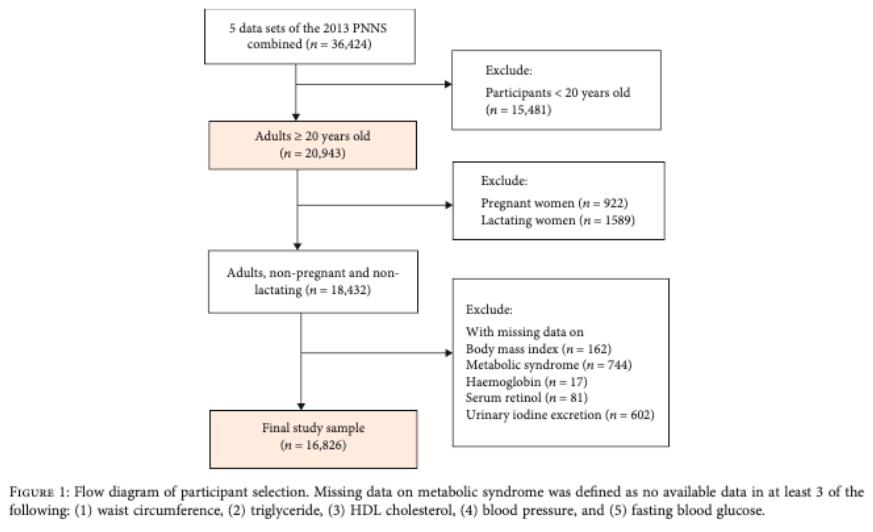Higher education, marriage and abstaining from smoking lower risk of undernutrition whereas being female increases likelihood of overnutrition
07 Feb 2024

Malnutrition in multiple forms is a public health crisis in many countries. The different forms of malnutrition affects numerous countries globally, especially those in Asia. Past studies have focused more on overweight and/or obese people in the Philippines, and only limited studies have been conducted on chronic energy deficient or underweight. This approach may fail to capture the severity of the nutritional outcomes provided that some adults suffer from more than one condition simultaneously. Moreover, most researchers only examined a single measure of adult nutritional status. Thus, we aimed to investigate the prevalence and determinants of the different forms of malnutrition in both overweight/obese and chronic energy deficient adults in the Philippines. A representative dataset from the 2013 Philippine National Nutrition Survey was utilized in the study. Adults aged ≥20 years (n = 16,826) were included in the analysis and six phenotypes of malnutrition were assessed. Sociodemographic and lifestyle factors were examined as the determinants of different forms of malnutrition, and multinomial logistic regression analyses were performed. Our findings indicate that the simultaneous occurrence of multiple forms of malnutrition among adults in the Philippines is a significant public health concern. Older age was the strongest risk factor in all phenotypes. Moreover, being a woman was associated with the categories for overnutrition, while being unemployed was associated with undernutrition. Alternatively, higher education, marriage, better-off households, and nonsmokers were protective factors related to undernutrition but not overnutrition. These results significantly contribute to understanding the different phenotypes of malnutrition and their potential determinants. Therefore, public health policies and interventions are essential to address these threats from both ends of the spectrum.
Authors: Wan-Chen Hsu (Department of Public Health, College of Medicine, National Cheng Kung University), Aileen R. de Juras (Department of Public Health, College of Medicine, National Cheng Kung University/Institute of Human Nutrition and Food, College of Human Ecology, University of the Philippines Los Baños) and Susan C. Hu (Department of Public Health, College of Medicine, National Cheng Kung University)
Read the full paper: https://doi.org/10.1155/2023/3182289
